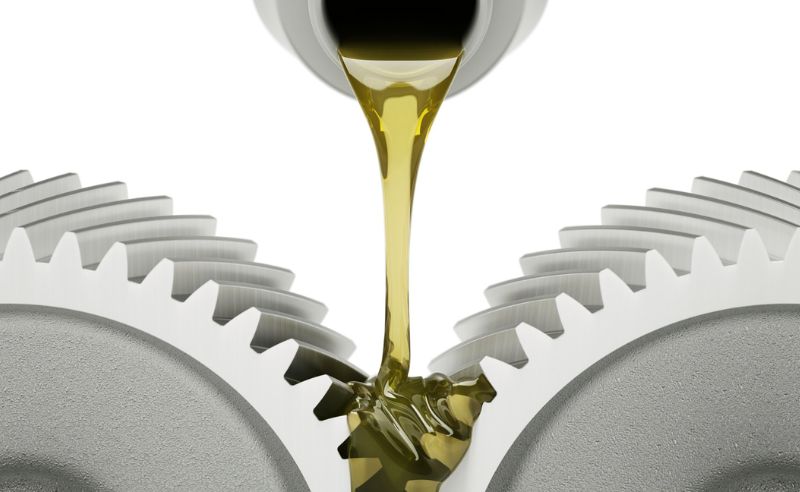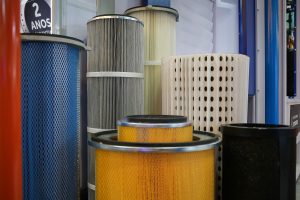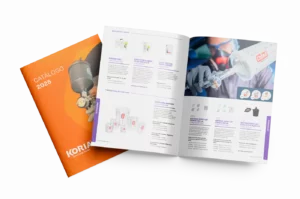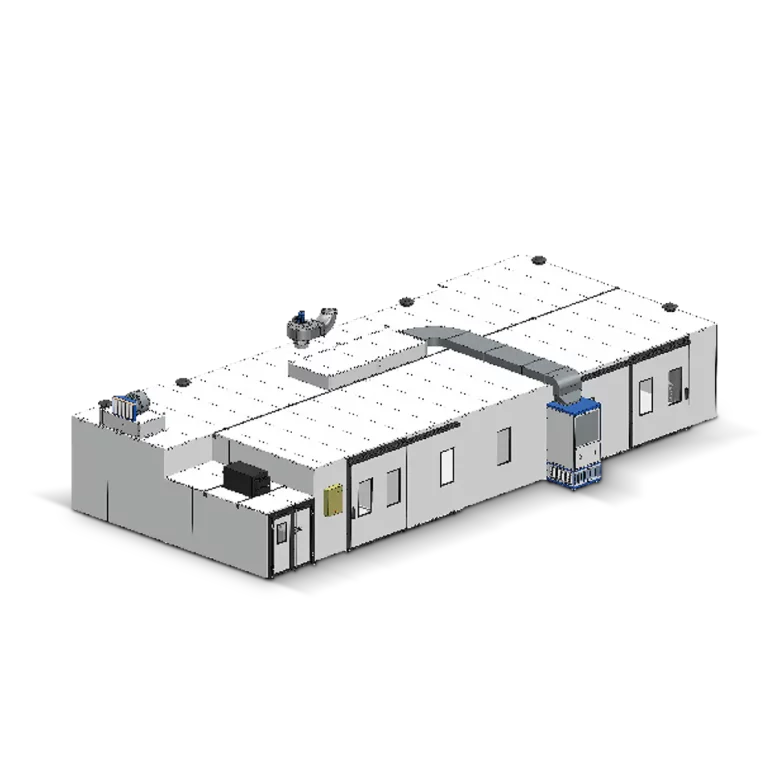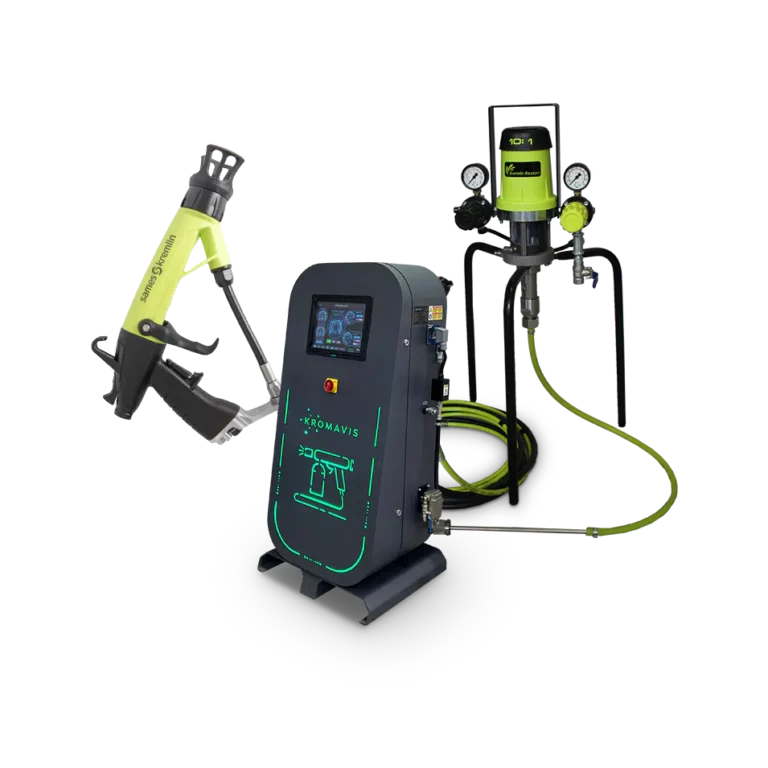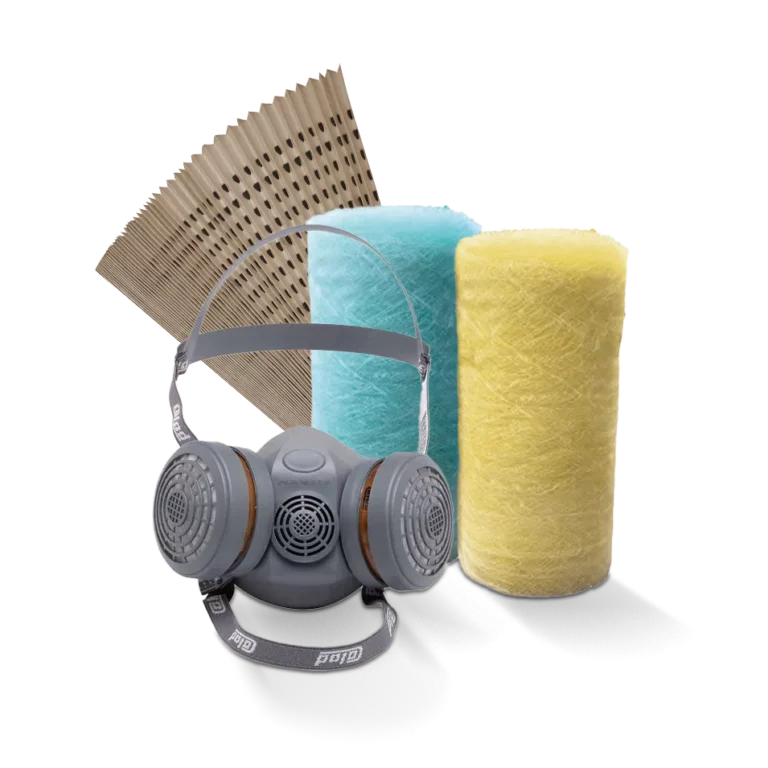One of the best ways to reduce costs and increase productivity on a production line is to opt for preventive maintenance. Unlike corrective maintenance, which resolves problems as they arise, preventive maintenance acts to reduce problems before they occur, which avoids indefinite production downtime.
One of the most important preventive actions is the lubrication of machines and equipment. Lubrication ensures that the machinery works properly, as it prevents several problems, such as overheating and wear of parts. However, like any preventive maintenance action, lubrication needs a good plan to be well executed.
To create a lubrication plan, it is necessary to prepare it methodically and based on a study of the components and elements responsible for lubrication. It will be necessary to know how, where and when to perform the lubrication. In addition, all of this information must be in a document that is easily accessible to the greatest number of people within the company. It must present the routine that must be followed, so that anyone can carry out the actions. Let's take a closer look at how to create a lubrication plan in 5 steps:
Survey of machines and equipment
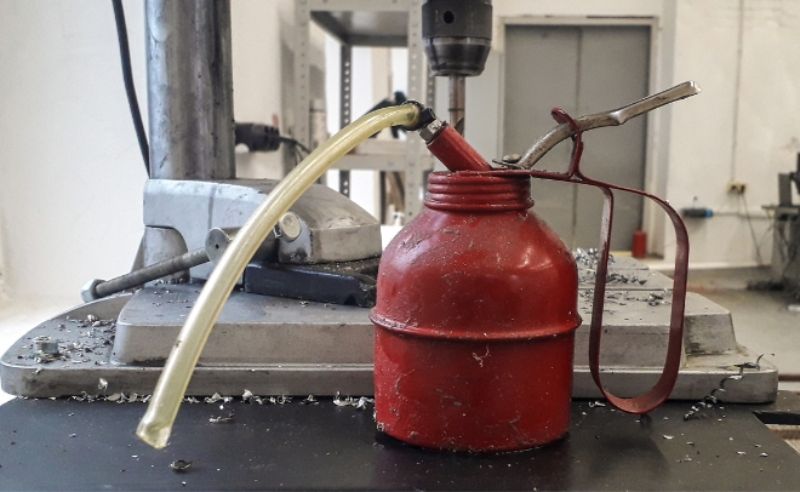
The first step in a lubrication plan is to identify which machines and equipment require lubrication to function properly. At this stage, it is important to make a detailed list of all the components that need to be checked, with the utmost care.
Identify lubrication points
After identifying which equipment requires lubrication, it is also important to check which parts of the equipment will be lubricated. To make this list, it is necessary to check the manufacturers' recommendations in the manuals, as well as the quantity required for each component.
Choosing the right lubricants
With the list of all machines and equipment properly outlined, it is time to choose the lubricants. Again, following the manufacturer's recommendations, choose authorized and certified products to ensure that maintenance is carried out correctly and does not become a new headache.
Determine the amount of lubricant to be applied
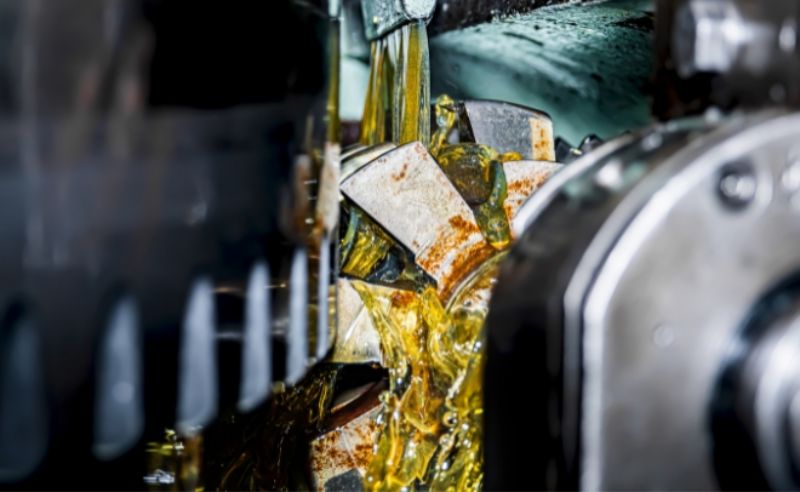
In addition to deciding which lubricant will be applied, it is important to determine the quantity of each lubricant that will be applied to each part or component, always in accordance with the manufacturer's specifications. Excessive use of the product can, for example, cause leaks, while a lack of necessary lubrication can lead to wear and overheating of the parts.
Determine the frequency of lubrication
Since lubrication should be a frequent preventive maintenance, another important step is to establish the frequency at which this activity will be carried out. Following the correct lubrication schedule will prevent a series of problems, in addition to reducing friction between components and ensuring the useful life of the equipment as a whole.
Finally, an equally important step is to properly dispose of old grease and/or oil. This way, the company avoids fines and helps preserve the environment.
Did you like this post? Share it with your friends or on social media. For more tips on painting and its equipment, visit our blog with exclusive content.
